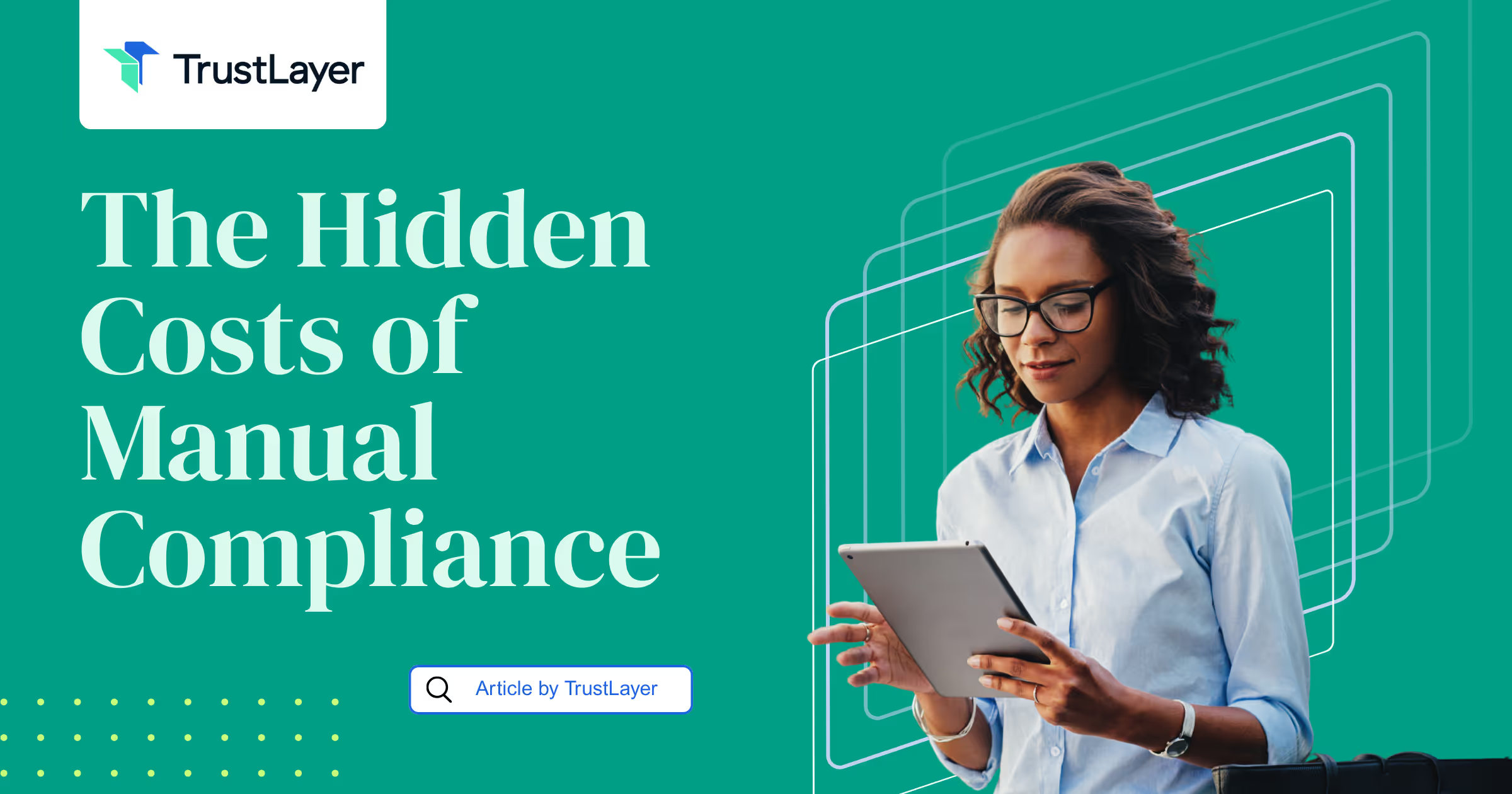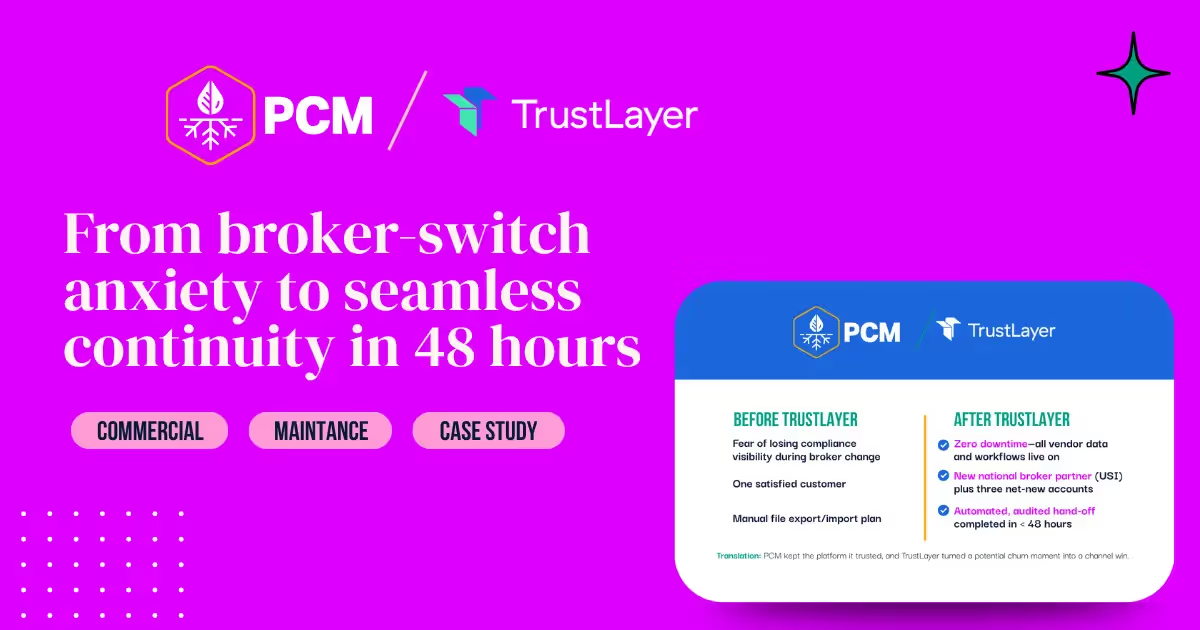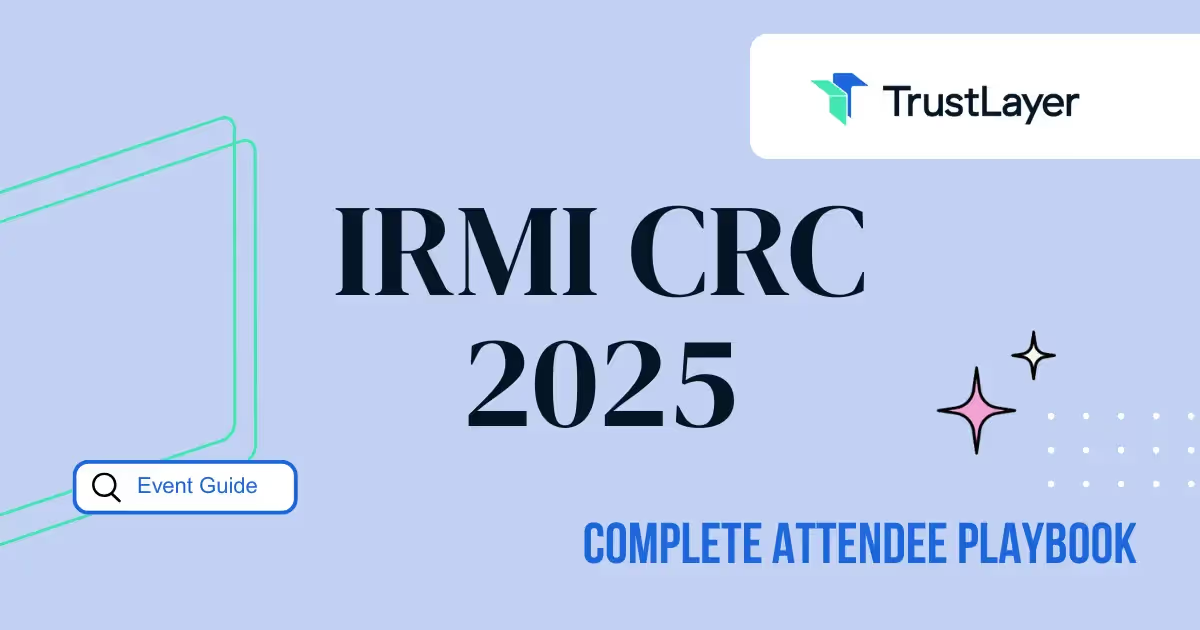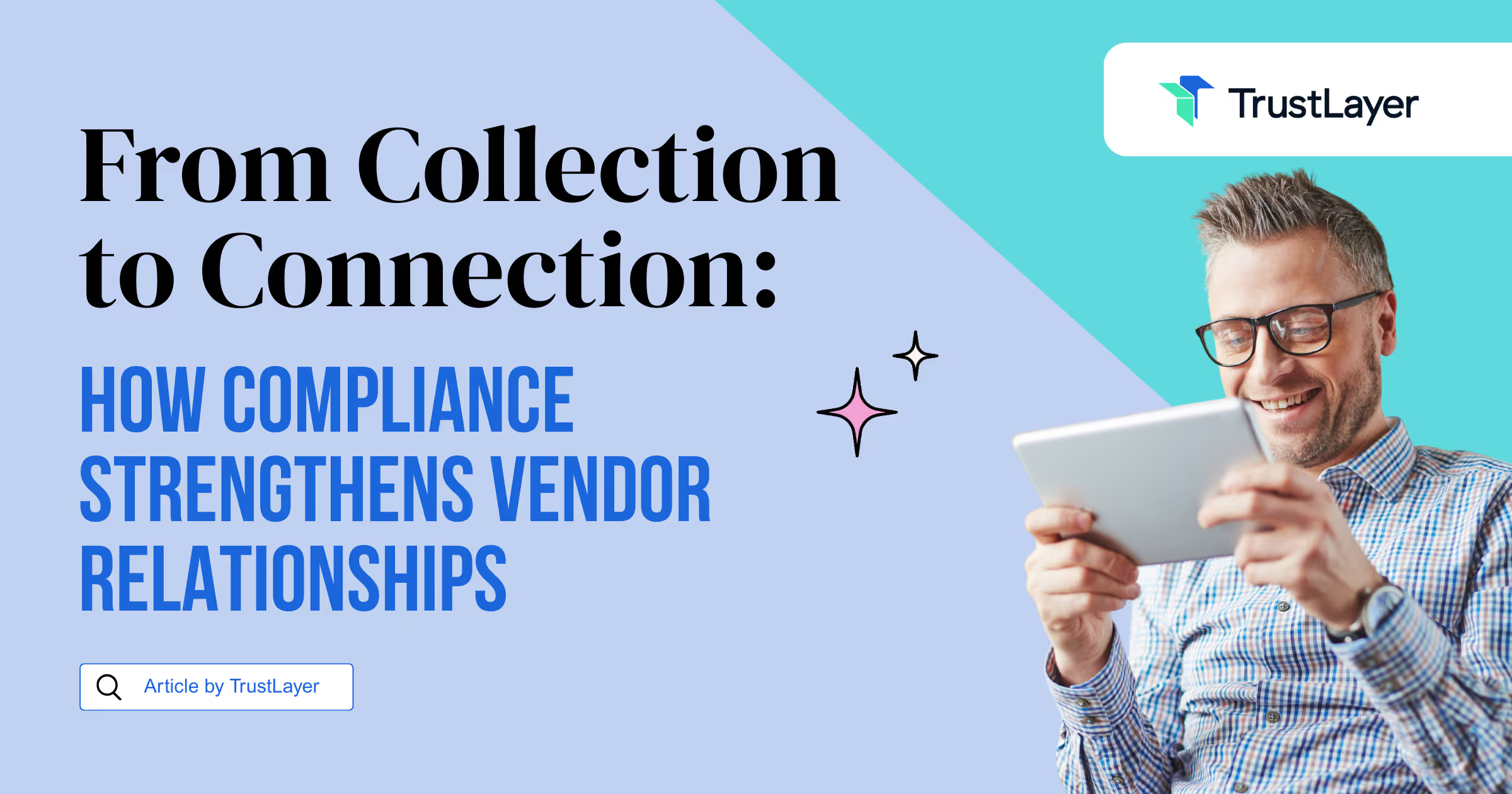Am I Tracking COIs Correctly? In House Edition
In the complex world of business, tracking Certificates of Insurance (COIs) is a critical aspect of risk management. For in-house teams, understanding how to track these documents properly can significantly impact the organization’s operations and liability exposure. This article will explore the best practices for monitoring COIs effectively, ensuring compliance, and enhancing communication within your team.
Understanding Certificates of Insurance (COIs)
A Certificate of Insurance is a document that provides proof of insurance coverage. It outlines the types of insurance, policy limits, and the insured parties. For businesses that engage with vendors, contractors, or other third-party service providers, obtaining a Certificate of Insurance (COI) is essential to mitigate risks associated with potential liabilities.
The Importance of COIs
COIs serve as a safeguard for businesses, ensuring that all parties involved in a contract have adequate insurance coverage. This is particularly crucial in industries where risks are higher, such as construction, transportation, and events. By tracking COIs, companies can protect themselves from financial losses resulting from accidents, damages, or legal disputes.
Moreover, having a robust COI tracking system can enhance a company’s credibility. Clients and partners are more likely to engage with organizations that demonstrate a commitment to risk management and compliance. This not only builds trust but also fosters long-term, mutually beneficial relationships. Additionally, many clients now require proof of insurance as part of their due diligence process before entering into contracts, making COIs not just a protective measure but also a prerequisite for business opportunities.
Common Challenges in COI Tracking
Despite its importance, many organizations face challenges when it comes to tracking COIs. One of the primary issues is the sheer volume of documents that need to be managed. In-house teams often juggle multiple vendors and contracts, making it easy for COIs to be overlooked or misplaced.
Another challenge is ensuring that the COIs are current and meet the specific requirements outlined in contracts. Failure to track expiration dates or changes in coverage can expose a business to unnecessary risks. Additionally, the lack of a centralized tracking system can lead to inconsistencies and miscommunication among team members. This can result in delays in project timelines or even legal complications if a vendor's insurance lapses without notice. To combat these issues, many businesses are turning to technology solutions that automate COI tracking, provide alerts for renewals, and ensure that all necessary documentation is easily accessible and up-to-date.
Best Practices for Tracking COIs
To mitigate the challenges associated with COI tracking, organizations should implement best practices that streamline the process and enhance overall efficiency. Here are some strategies to consider:
Establish a Centralized Tracking System
Creating a centralized system for tracking COIs is crucial. This can be a dedicated software solution or a simple spreadsheet, depending on the organization's size and needs. A centralized system allows all team members to access COI information easily, reducing the risk of miscommunication and ensuring that everyone is on the same page.
When establishing this system, it’s essential to include key details such as the vendor’s name, policy numbers, coverage types, expiration dates, and any specific contractual requirements. Regularly updating this information will help maintain accuracy and ensure compliance with relevant regulations. Additionally, integrating this system with other project management tools can enhance visibility across departments, allowing for a more cohesive approach to vendor management.
Set Up Automated Reminders
One of the most effective ways to manage COI expiration dates is to set up automated reminders. Many tracking systems offer notification features that alert team members when a Certificate of Insurance (COI) is nearing its expiration date. This proactive approach enables timely follow-ups with vendors to obtain updated documents, thereby minimizing the risk of lapses in coverage.
Automated reminders can also be customized based on the importance of the coverage. For instance, critical projects may warrant more frequent reminders, while less critical ones can have longer lead times. This flexibility ensures that resources are allocated efficiently. Furthermore, incorporating a tiered alert system can help prioritize which COIs need immediate attention, thus optimizing workflow and reducing last-minute scrambles for compliance.
Regular Audits and Reviews
Conducting regular audits of COIs is essential to ensure compliance and accuracy. This process involves reviewing the COIs on file, checking for expired documents, and verifying that the coverage meets the requirements outlined in contracts. Regular audits help identify any gaps in coverage and prompt necessary actions to rectify them.
In-house teams should establish a schedule for these audits, whether quarterly or biannually, depending on the volume of contracts and vendors. Documenting the results of these audits can also provide valuable insights into the organization’s risk management practices and highlight areas for improvement. Additionally, involving cross-functional teams in the audit process can foster a culture of accountability and awareness regarding compliance, ensuring that everyone understands the importance of maintaining up-to-date COIs and the potential risks associated with lapses in coverage.
Enhancing Communication with Vendors
Effective communication with vendors is a vital component of successful COI tracking. Building strong relationships with vendors can facilitate the timely exchange of COIs and ensure that all parties understand their responsibilities regarding insurance coverage. A proactive approach to communication can lead to a more transparent partnership, where both sides feel comfortable discussing their needs and concerns. Regular check-ins and updates can help maintain this relationship, ensuring that vendors are aware of any changes in requirements or expectations.
Clearly Define Requirements
When entering into contracts with vendors, it is essential to define the insurance requirements clearly. This includes specifying the types of coverage needed, minimum policy limits, and any additional insured clauses. Providing vendors with a comprehensive checklist can help streamline the process and reduce confusion. Moreover, including examples of acceptable insurance policies can further clarify expectations, making it easier for vendors to comply with the requirements.
Additionally, communicating the importance of timely COI submission can encourage vendors to prioritize this aspect of their responsibilities. Emphasizing that it protects both parties can foster a collaborative approach to risk management. It may also be beneficial to conduct training sessions or informational webinars for vendors, where they can learn about the significance of COIs and the consequences of non-compliance. This not only enhances their understanding but also reinforces the partnership by demonstrating your commitment to mutual success.
Establish a COI Submission Process
Creating a standardized COI submission process can significantly improve efficiency. This process should outline the steps vendors need to follow when submitting their COIs, including the preferred format, submission method, and any deadlines. Providing a straightforward process minimizes the chances of errors and ensures that documents are received promptly. Additionally, incorporating a tracking system can help both parties monitor the status of submissions, allowing for quick follow-ups if necessary.
Consider using an online portal or a dedicated email address for COI submissions. This centralized approach not only simplifies the process for vendors but also makes it easier for in-house teams to track incoming documents. Furthermore, establishing automated reminders for vendors as submission deadlines approach can enhance compliance rates. By integrating technology into the COI submission process, organizations can reduce administrative burdens and focus more on strategic initiatives, ultimately leading to a more effective risk management strategy.
Leveraging Technology for COI Tracking
In today’s digital age, leveraging technology can significantly enhance COI tracking efforts. Various software solutions and tools are available that can automate and streamline the process, making it easier for in-house teams to manage their COIs effectively.
Choosing the Right Software
When selecting a COI tracking software, organizations should consider their specific needs and budget. Look for features such as automated reminders, document storage, and reporting capabilities. A user-friendly interface enables team members to navigate the system and access the necessary information easily.
Many software solutions also offer integration with existing project management or accounting systems, further enhancing efficiency. This integration can provide a comprehensive view of vendor relationships and associated risks, enabling more informed decision-making. Furthermore, organizations should evaluate the scalability of the software, ensuring it can grow in line with the organization’s needs. As companies expand or diversify their operations, having a flexible COI tracking system can ultimately save time and resources.
Utilizing Cloud Storage
Cloud storage solutions can be invaluable for COI tracking. By storing COIs in the cloud, organizations can ensure that documents are accessible from anywhere, facilitating remote work and collaboration. Cloud storage also provides an added layer of security, protecting essential documents from loss or damage.
Additionally, cloud storage often includes version control features, allowing teams to track changes and updates to COIs over time. This transparency can be beneficial during audits and reviews, providing a clear record of compliance efforts. Moreover, many cloud solutions offer robust backup options, ensuring that even in the event of a system failure, critical documents remain safe and retrievable. The ability to share access with external stakeholders, such as auditors or regulatory bodies, can also streamline the review process, making it easier to demonstrate compliance and build trust with partners.
Training and Development for In-House Teams
Investing in training and development for in-house teams is essential for effective COI tracking. Ensuring that team members are knowledgeable about the importance of COIs and the processes involved can lead to better compliance and risk management.
Conducting Training Sessions
Regular training sessions reinforce the importance of COI tracking within the organization. These sessions should cover topics such as the purpose of COIs, the specific requirements outlined in contracts, and the procedures for tracking and managing documents.
Incorporating real-life examples and case studies can make the training more engaging and relatable. This approach can help team members understand the potential risks associated with inadequate COI management and motivate them to prioritize this aspect of their roles. For instance, discussing a case where a lack of proper COI tracking led to significant financial losses can illustrate the tangible consequences of neglecting this responsibility. Furthermore, role-playing scenarios can allow participants to practice their responses to various situations, enhancing their confidence and preparedness.
Encouraging Continuous Learning
Encouraging a culture of continuous learning can further enhance COI tracking efforts. Providing team members with access to resources such as webinars, articles, and industry publications can keep them informed about best practices and emerging trends in risk management.
Additionally, fostering an environment where team members feel comfortable asking questions and sharing insights can lead to improved processes and collaboration. Regular check-ins and feedback sessions can also help identify areas for improvement and promote accountability. To further support this culture, organizations might consider establishing a mentorship program where experienced team members can guide newer staff through the complexities of COI management. This not only strengthens the team's overall knowledge base but also builds relationships and trust among team members, ultimately contributing to a more cohesive and effective unit.
Conclusion
Tracking Certificates of Insurance is a vital component of risk management for in-house teams. By implementing best practices, enhancing communication with vendors, leveraging technology, and investing in training, organizations can streamline their COI tracking processes and mitigate potential risks.
Ultimately, effective COI tracking not only protects the organization from liability but also enhances its reputation and fosters strong relationships with clients and partners. By prioritizing this aspect of risk management, businesses can create a safer and more compliant operational environment.
As the business landscape continues to evolve, staying proactive and adaptable in COI tracking efforts will be crucial for long-term success. Embracing these strategies can lead to a more efficient, secure, and resilient organization.
Ready to elevate your COI tracking and embrace the future of risk management? TrustLayer is here to revolutionize the way you handle compliance documents. Say goodbye to the tedious, manual processes and hello to automation, efficiency, and peace of mind. With TrustLayer, you can join the ranks of modern risk managers who are leveraging the leading solution in the industry. Don't let outdated methods hold you back. Schedule a time to talk with our team and discover how TrustLayer can transform your COI tracking today.
















